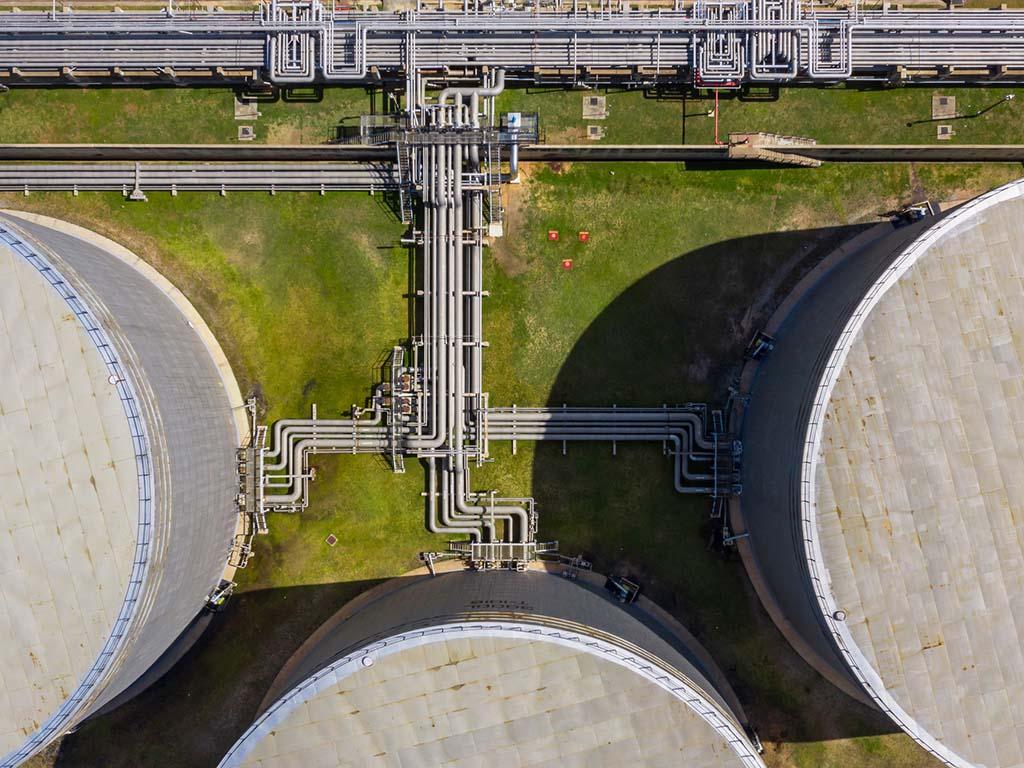
Mary Loftus explores how new packing sets are starting to tackle heavy industry’s long-standing fugitive emissions problem.
The maxim “If you cannot measure it, you cannot improve it” holds true among many industries where accurate process data is prized. Yet for those grappling with fugitive emissions – the unintentional release of volatile organic compounds (VOCs) from pressurised equipment – this is not merely a preference, but a priority. This is due to its effect on the environment, contributing as much as 5% of greenhouse emissions globally. However, this is likely a conservative estimate – because of underestimations during product design and monitoring, the figure is probably higher.
Identification and measurement are an important first step for tackling fugitive emissions, but they do not address improper maintenance of valve packing sets that lead to leaks. This is a problem because control valves account for approximately 60% of a plant’s total emissions. In refineries, this value can increase to 70%, though may only come from 1% of a facility’s total installed assets.1
Sustainable solutions
Though these fugitive emissions have been mostly untracked and overlooked since the 1950s, ambitious new initiatives such as COP26’s Global Methane Pledge now dominate industry thinking. The pledge aims to reduce global methane emissions by at least 30% from 2020 levels by 2030, potentially curbing 0.2˚C of global warming by 2050.
Outside of climate change, air pollution is a major concern. Fugitive emissions of hydrocarbon gases increase health risks to their surrounding environment and can create ground-level ozone when NOx and VOCs react with each other in sunlight and hot temperatures. Smog accelerated by ozone is responsible for hundreds of thousands of deaths annually and is a key factor in why testing standards were established.2
A heightened awareness of the dangers of fugitive emissions in industrial applications resulted in a variety of testing standards being introduced, however in recent years there has been alignment within the industry towards recognizing ISO 15848-1 as the leading guideline to qualify control valve fugitive emission packing designs.
Manufacturing solutions
Valve manufacturers and end users now need to identify and use more effective sealing solutions. Innovative designs such as EEEasy-Seal by CCI Valve Technology GmbH provide an optimised, reliable solution that requires much less maintenance than standard packing sets.
EEEasy-Seal, certified according to ISO 15848-1 tightness class AM and BH for endurance classes CC1 (20,000 cycles) and CC2 (60,000 cycles), ensures minimal leakage for extended periods. The packing design is live loaded via an internal spring and is additionally pressure energised. Testing has shown that it has reduced friction compared to traditional Teflon V-ring packing sets and since it is installed in a fixed cavity, virtually no maintenance is required even under the severe operations conditions found in oil and gas facilities.
Fitting novel packing systems such as EEEasy-Seal has led to progress in addressing fugitive emissions, and IMI has over 1,500 valves fitted, in applications up to API 10k pressure class, without reported leaks. Though fugitive emissions may never be completely eliminated, the ongoing development of technologies in this area is helping turn what was once an industry blind spot into a far more manageable issue.
Mary Loftus is senior research and development engineer and valve doctor at IMI. Read more about the EEEasy-Seal here.
1 ESA European sealing assoc. Pub. No. 014/05
2 1990 Clean Air Act

















